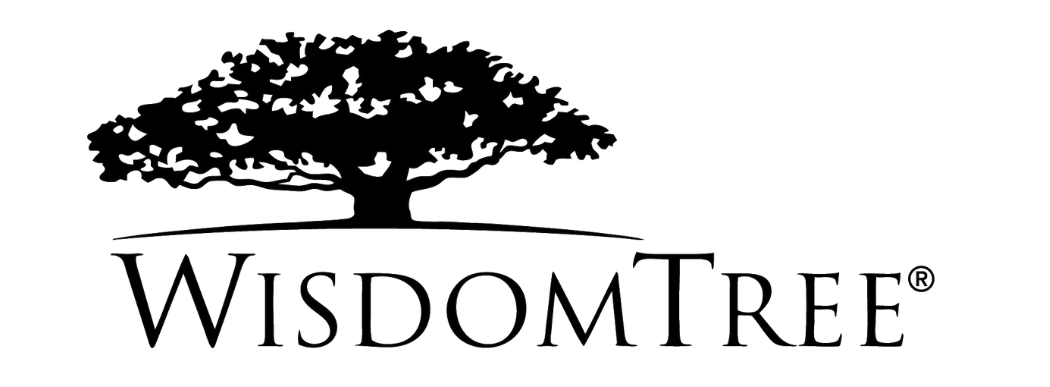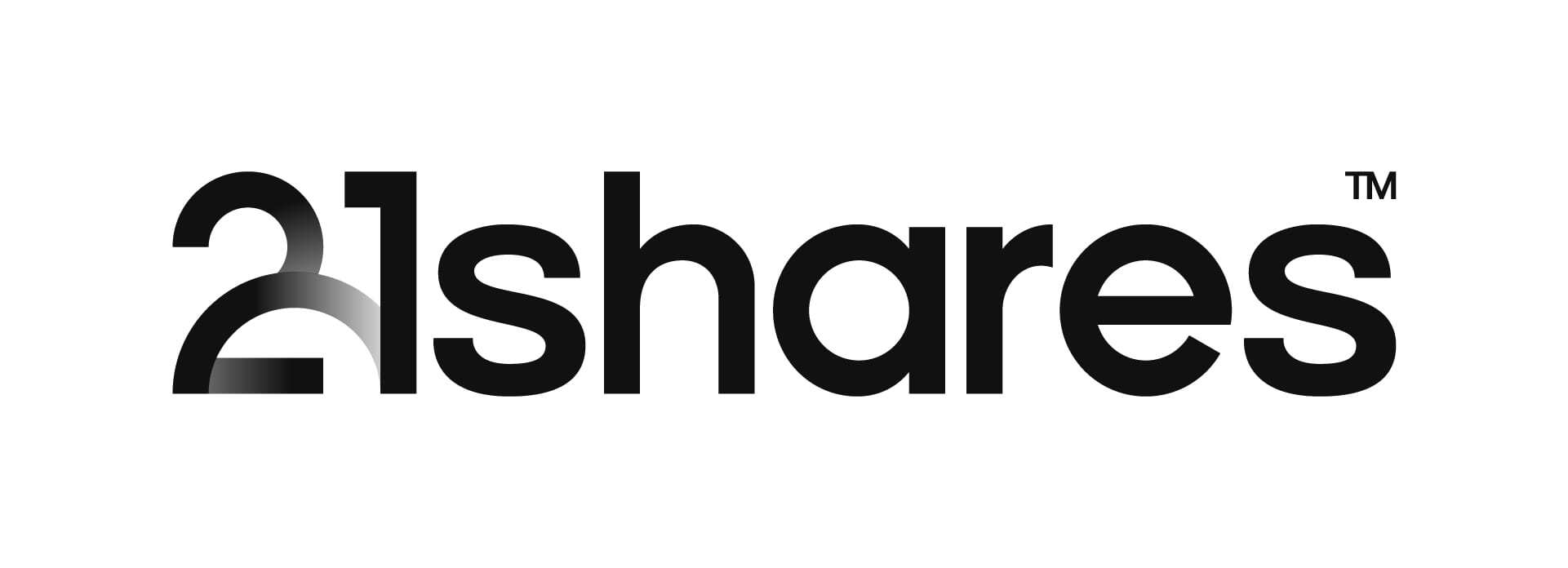While progress has been made in getting more women into the ETF industry, it is hard to hide from the fact it is still predominantly dominated by men.
Several industry initiatives have been launched in recent years in a bid to close the gap. Organisations such as Women in ETFs have grown significantly, highlighting issues such as the gender pay gap and the need for more women in senior roles.
However, the consensus is more needs to be done – particularly from an education standpoint – looking beyond the traditional business schools and universities to help create a more open and inclusive industry across the board.
ETF Stream spoke with six senior women from across the ETF industry to understand what challenges they have faced in the industry and how diversity can be improved.
Olga de Tapia (pictured bottom middle), global head of indexing sales at HSBC Asset Management
I believe the biggest challenge is the pre-existing subconscious biases people make of a woman in the industry. Challenges such as trying to assess your ‘worth’ contingent on when you may or may not have a child and ultimately promoting on that basis, sets you up to fail before you get a chance to show what you can do. Fortunately, this has changed somewhat due to the growing number of women in positions of seniority and supportive maternity leave programmes. However, there is still more work to be done.
The issue is not an issue of attraction; it is one of retention. Diversity at junior levels has made significant progress. Within that, there are several tailwinds in the industry, whether that be ESG evolution, quotas for women in positions of seniority or an increasing amount of support through diversity, equity and inclusion workstreams.
The biggest opportunity lies within flexible working, as this helps with sharing the responsibility of looking after children which is typically the inflection point for many women facing glass ceiling barriers. The industry as a whole has a responsibility to work alongside our male colleagues and ensure equitable solutions are achieved for all.
Aneeka Gupta (pictured top left), director of macroeconomic research at WisdomTree
The environment I work in today is drastically different from what it was 17 years ago not because it is male dominated environment but because of the culture and expectations that women face within the finance industry. One of the main hurdles I faced was being too conservative in my approach and hoping to advance as fast as a person who took risks. Men tend to have very specific goals for the progression of their careers, I believe women need to take ownership of their careers to start seeing success.
Things have certainly changed for the better, but it is about encouraging younger women to join the finance industry. There is still some way to go before women are widespread in finance, especially at higher levels. Addressing the challenge of a work/life balance alongside the difficulty of being taken seriously in a male-dominated environment could help draw in more women in finance. Establishing strong mentoring relationships among women within a company can also be an effective way to promote a two-way learning experience.
Isabell Moessler (pictured bottom left), head of distribution for EMEA at 21Shares
Throughout my career, I have seen significant changes in attitudes and behaviours towards women in finance. The drive for diversity and inclusion covering gender, ethnicity, educational background, disabilities is encouraging.
However, some challenges remain for example the gender and ethnicity pay gap. My first job after university was as an analyst at an investment bank. I found out that a male colleague was paid more because he had negotiated. This inequality then gets magnified as you move through the ranks and differences in pay very often determine other life choices.
In my current role at 21Shares, I am very fortunate to work with fantastic women – our co-founder and president, our COO and our head of Switzerland to name but a few.
There are some practical steps the industry can take. Progress in diversity on every hierarchy level needs to be measured and rewarded – if reaching these goals are linked to pay, they will get done. Managers need not accept the list of ‘usual suspects’ from search firms and actively ask for a group of diverse candidates, while employees can aim to find an organisation that matches their expectations.
Sofia Scibilia (pictured top middle), sales manager at First Trust
When I entered the industry and was working in London in 2011, the vast majority of my colleagues were male and the culture was very male dominated.
I am happy to see things have certainly changed over the past 10 years as more women enter the financial industry. There are many more women in senior positions in commercial and fund selection roles, although interestingly female portfolio managers are still somewhat of a rarity.
One of the main elements that would encourage more women to join our industry would be to create more awareness of the various career possibilities. By working closely with universities and extending collaborations beyond traditional business schools to other academic backgrounds. Many students might still have somewhat of a limited understanding of what we do and what we look for when hiring new candidates.
I believe we need to continue to encourage more women to join our industry as well as ensure we foster a supportive and inclusive culture. This ultimately will lead to increasing diversity and support business growth.
Harriet Ssentongo (pictured top right), senior ETF sales specialist at Franklin Templeton
There are some efforts underway to illustrate that the investment and asset management industries are a good place for women to work, many of which are spearheaded by senior woman leaders who are advocates for diversity and inclusion.
What is missing is an intersectional approach. The women who are the main beneficiaries of diversity and inclusion efforts are often of the same socio-economic background as the men who lead the industry.
True action would be to increase participation from across the spectrum, with a focus on women from a range of ethnic, socio-economic, class and educational backgrounds. Ensuring that not only are these women welcome but that they can thrive long-term in the industry.
Marie-Sophie Pastant (pictured bottom right), head of ETF index portfolio management at BNP Paribas Asset Management
I have never as though I have faced specific challenges as a woman, or maybe I refused to see them. I have always received the full support of my direct management, who have been happy to give me increased responsibilities, and I have worked with inspiring women from whom I have learnt a lot, specifically on managing teams and projects, and on how to give better presentations.
We need to show students that the investment management industry is recruiting talented people and offering them exciting jobs, whatever their gender. With the evolution of sustainable finance, jobs have radically changed and we definitely can make positive impacts thanks to our clients’ investments. I would love to return to my school to say I would never have expected to be doing my current job.
The ETF industry includes lots of females and I am sure that is a contributory factor in attracting other women. We need to push companies to hire more and more women, having inspiring women is the best way to encourage more women to come to the industry!
Related articles









